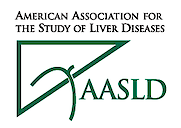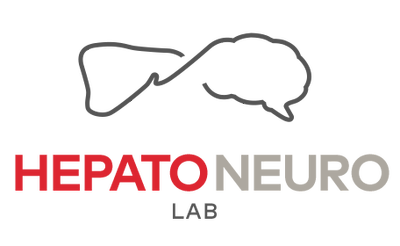Background: Sarcopenia is one of the most common complications of cirrhosis and it is associated with increased mortality. Muscle depletion is generally characterized by both a reduction in muscle size and increased proportion of inter- and intra-muscular fat denominated “myosteatosis”. Skeletal muscle may serve as an alternative site of ammonia detoxification in patients with cirrhosis. Aims: In this study we aimed to investigate if sarcopenia and myosteatosis are associated with overt hepatic encephalopathy in patients with cirrhosis. Methods: A total of 678 cirrhotic patients undergoing assessment for liver transplantation were studied. Sarcopenia and myosteatosis (characterized as low muscle attenuation) were analyzed using computed tomography (CT) scans at the level of the 3rd lumbar vertebral body. The area of paraspinal skeletal muscle (L3 SMI) at this location, and the muscle attenuation index were calculated (Figure 1 & 2). Hepatic encephalopathy was assessed clinically by applying the West-Heaven criteria (grade 0-IV). Results: Of the 678 patients, 457 patients were males (67%). Cirrhosis was caused by HCV in 256 patients (38%), alcohol in 152 (22%), NASH/cryptogenic in 171 (25%), autoimmune liver disease in 53 (8%), HBV in 41 (6%), other etiology in 5 patients (1%); and 292 patients had concomitant HCC (43%). Sarcopenia was noted in 291 patients (43%), and 353 patients had myosteatosis (52%). A total of 216 patients (32%) had history of hepatic encephalopathy (162 grade I-II, 54 grade III-IV). The prevalence of hepatic encephalopathy was significantly higher in patients with sarcopenia (40 vs. 26%, P<0.001), and myosteatosis (39 vs. 24%). By multivariate regression analysis (adjusted to age, gender, and MELD score), both sarcopenia (OR 1.68, (95% CI 1.04-2.40, P=0.03), and myosteatosis (OR 1.97, 95% CI 1.32-2.99, P=0.001) were significantly associated with hepatic encephalopathy. Conclusions: Cir-rhotic patients with sarcopenia and myosteatosis have a higher risk of overt hepatic encephalopathy. Skeletal muscle seems to play a protective role in the pathogenesis of hepatic encephalopathy in cirrhosis, and therapeutic strategies to improve the muscle mass and quality may improve hepatic encephalopathy in cirrhosis.






